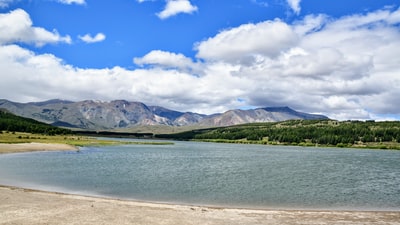Decomposers

Saprobionts
Also known as saprotrophs, saprobionts are microbes which habitat detritus. They use extracellular digestion, known as saprobiotic nutrition, to digest their food. Digestive enzymes break down the detritus into soluble substances. These are then broken down further into water, carbon dioxide and mineral ions.
Detritivores
Detritivores are little invertebrates, like woodlice or earthworms. They ingest the detritus (holozoic nutrition). Their bodies absorb the soluble products and the insoluble waste is egested. Detritivores assist saprobionts by:
- egesting faeces which is more accessible to saprobionts than large pieces of plant tissue
- their faeces also contains beneficial minerals, like urea, which can be metabolised by saprobionts
- they aerate the soil which assists saprobionts to respire aerobically
——————————————————
Nutrient Cycles
Matter moves between the biotic and abiotic environments in a constant cycle. Simple inorganic molecules, or nutrients, are assimilated from the abiotic environment by producers and microbes which use these to create larger, organic molecules that are passed on into the food chain. When organisms excrete or die decomposers break down the matter and the simple inorganic molecules are returned to the abiotic environment. And so the cycle continues.
Different nutrients contain different vital elements and all are cycled in different ways. Two of these cycles are the carbon and nitrogen cycles.